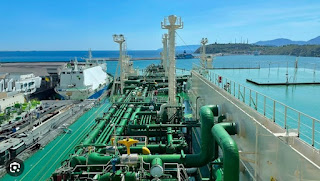Petroleum Economics & Fiscal Risk Management

The course participants will have a thorough background understanding of the general concepts, procedure and terminology of project economics and profitability analysis of Oil and Gas Projects. In particular it emphasizes the peculiarity and fiscal arrangements of the petroleum industry. It also provides project managers and analysts with a quantitative consideration of risk and uncertainty, and how these factors can be used in formulating investment strategies in the petroleum industry. It introduces comprehensive ways to evaluate and compare risks associated with different investment choices (using computer aided concepts e.g. Monte Carlo Simulation techniques). read: https://uvi.co.id/penerapan-ptk-007-revisi-4-tahun-2017/ It also reviews the various contractual and fiscal terms prevalent in the petroleum industry, and how the various arrangements affect investment profitability. Topic Cash Flow Net Cash Flow (NCF) Profit Investment Ratio (PIR, P/I) Payout
